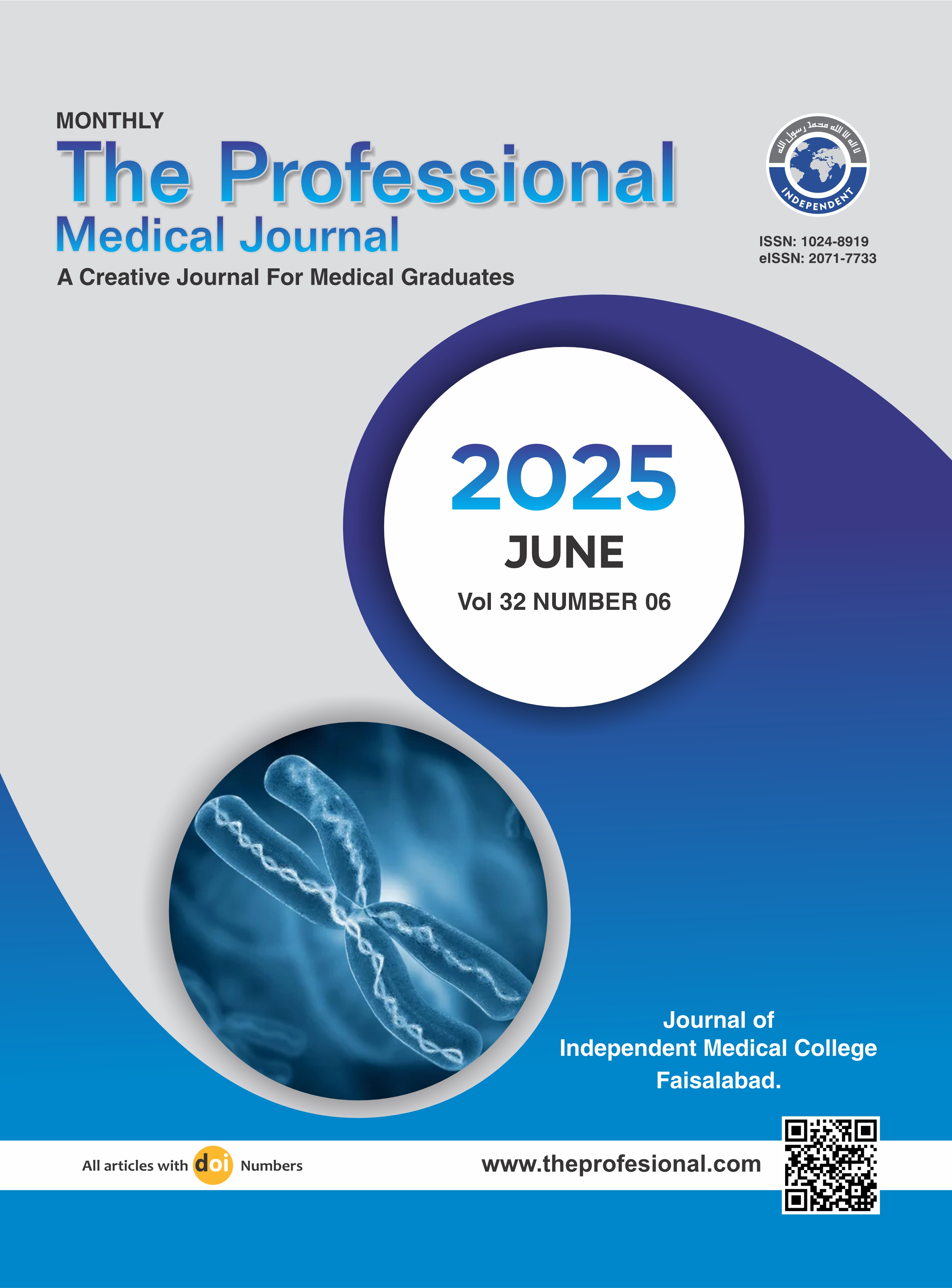Diagnostic accuracy of MRSA chrom agar comparing it with cefoxitin disc diffusion method.
DOI:
https://doi.org/10.29309/TPMJ/2025.32.06.9188Keywords:
Chrom Agar, Cefoxitin Disc Diffusion Method, Methicillin-resistant Staphylococcus Aureus, MRSA, Mec-A geneAbstract
Objective: To evaluate the sensitivity and specificity of MeReSa Chrom agar to detect methicillin-resistant Staphylococcus aureus in clinical specimens. Study Design: Cross sectional. Setting: Department of Microbiology, Allama Iqbal Medical College, Jinnah Hospital Lahore. Period: January 2024 to January 2025. Methods: The 525 iolates of Staphylococcus aureus was isolated from various clinical samples. Cefoxitin disc diffusion method was used to isolate MRSA. All isolates were inoculated on Chrom agar, and growth was noted after 24 and 48 hours of incubation. All isolates were later analyzed for the presence of the mec A gene through PCR. Sensitivity, specificity, positive predictive value and negative predictive value were calculated through SPSS 27.0. Results: From total 525 Staphylococcus aureus isolates, 180 were resistant to methicillin (MRSA), and the remaining 345 were sensitive to methicillin (MSSA). All 525 isolates were cultured on Chrom agar, and sensitivity and specificity were 95.5% and 97.96%, respectively, with 96.1% positive predictive value (PPV) and 97.7% negative predictive value (NPV) noted against the cefoxitin disc diffusion method. Conclusion: HiCHROMTM MeReSa Chrom agar can be used to detect MRSA from clinical specimens due to its high sensitivity and specificity. It can operate as selective and confirmatory media for MRSA detection.
Downloads
Published
Issue
Section
License
Copyright (c) 2025 The Professional Medical Journal

This work is licensed under a Creative Commons Attribution-NonCommercial 4.0 International License.


